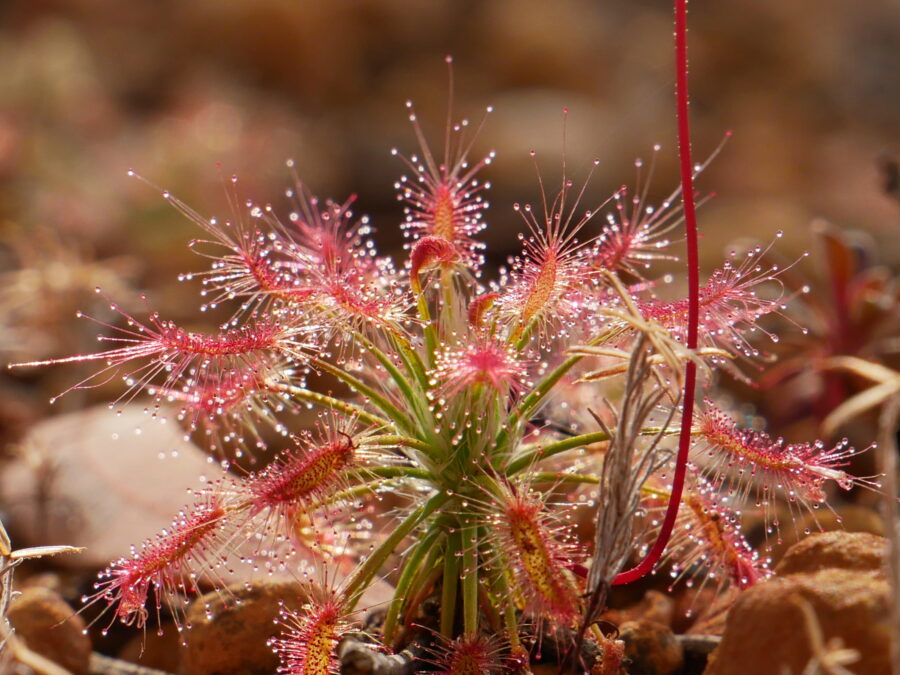OPINION: Private landholders key to conservation

Australia’s commitment to the 30×30 target – a strategy that aims, as part of a global obligation, to protect 30 per cent of the country’s landmass by 2030 – is ambitious, and we remain far from achieving it. An additional 60 million hectares must be added to the national conservation estate within the next five years to meet this goal.
Encouragingly, progress is underway with initiatives such as the Private Protected Areas (PPA) program developed by the Queensland Government. To accelerate efforts, we must prioritise the reinstatement of the Nature Positive Plan – the federal government’s reform strategy for laws and policies aimed at protecting the environment – and further incentivise the conservation of private land.
Private landholders manage about 60 per cent of Australia’s landmass, making them essential allies in achieving national conservation goals such as the 30×30 target. By entering into PPA agreements, landholders can protect biodiversity while continuing to engage in sustainable and profitable economic activities.
PPAs are designed to allow compatible activities such as sustainable cattle grazing, carbon sequestration projects under the Australian Carbon Credit Unit (ACCU) Scheme, and ecotourism to coexist with biodiversity protection.
Nature refuges, a key covenant option available through Queensland’s PPA program, offer a mechanism to conserve both natural and cultural heritage while enabling landholders to continue sustainable economic activities.
Queensland’s NatureAssist fund supports landholders to establish nature refuges. In Cape York, the newly declared Crystalvale Nature Refuge is a leading example of how conservation can be successfully combined with cattle grazing and carbon farming. It demonstrates how PPAs can enhance biodiversity and cultural heritage while maintaining economic viability.

The growing maturity of the carbon market has played a pivotal role in increasing the viability of PPAs. While early examples, such as the Henbury Station carbon farming project in the Northern Territory, faced setbacks due to the absence of a suitable carbon method, today’s more developed carbon market allows for consistent returns from nature-based emissions reduction and sequestration projects.
The recent Queensland Land Court decision against Waratah Coal’s proposed mine on the Bimblebox Nature Refuge in central Queensland also provides growing legal support for nature refuges, boosting landholder confidence in their long-term value.
To meet the 30×30 target, we need clear guidance around PPA eligibility and participation in the Nature Repair Market. While the federal government has committed to developing a permanent protection method, interim steps such as recognising Other Effective area-based Conservation Measures (OECMs) may help – although these lack the same legal strength as PPAs.
With 4.9 million hectares already protected in Queensland – 45 per cent of Australia’s PPA network – future progress will require strong policy support and sustained investment, particularly for programs such as NatureAssist and the ACCU scheme.
Empowering landholders through carbon and biodiversity markets is key to achieving Australia’s conservation goals.
Dr Kate Dodds is Chief Technical Officer at Corporate Carbon Group, an ecologist who has worked extensively in marine and terrestrial environmental consulting in Southern Africa and on Blue Carbon
co-benefits and financing mechanisms in Australia.





